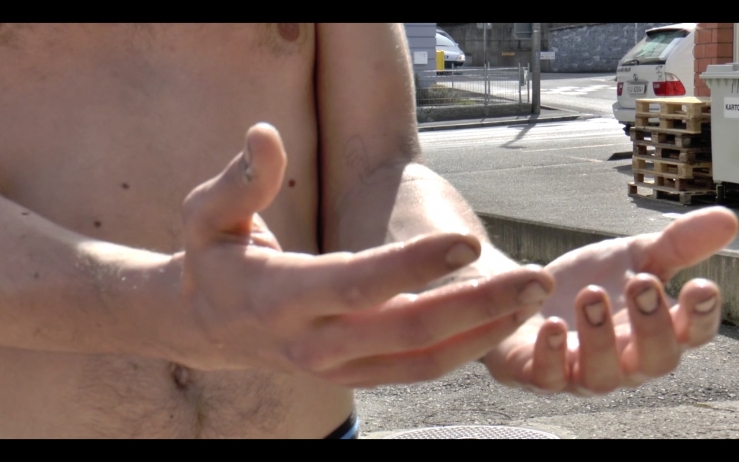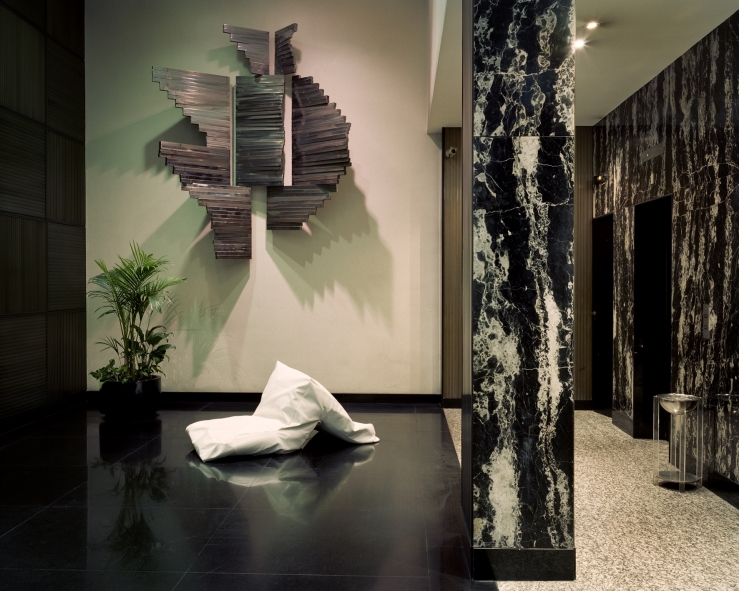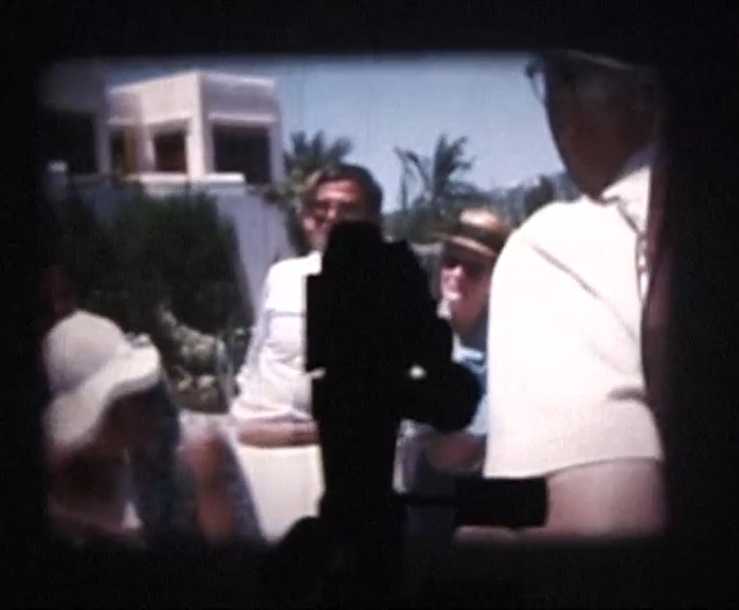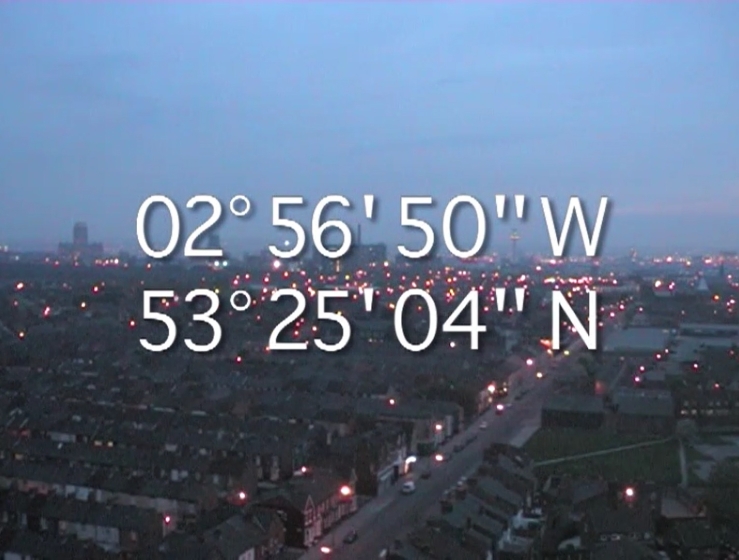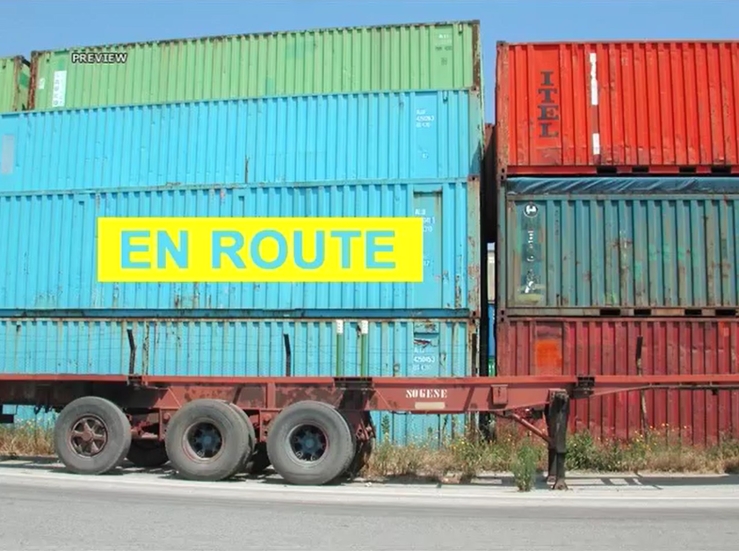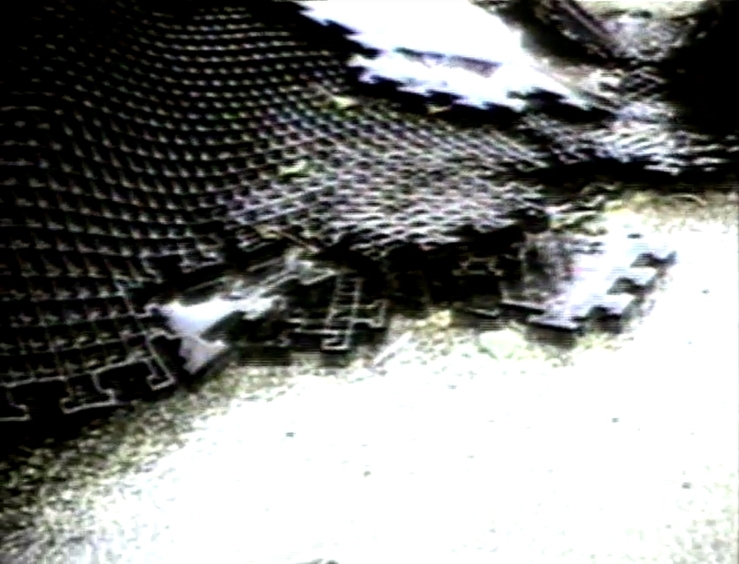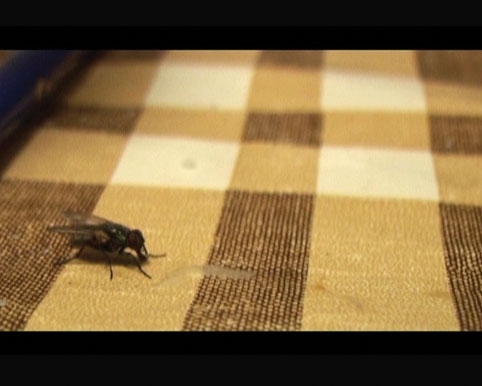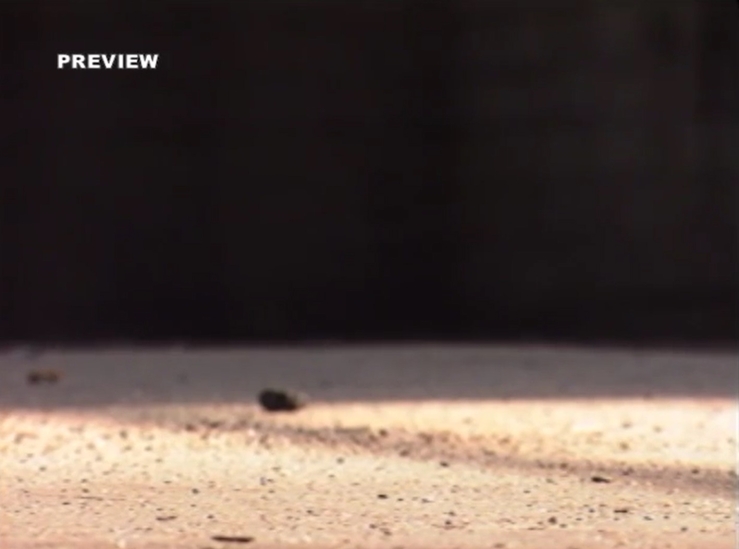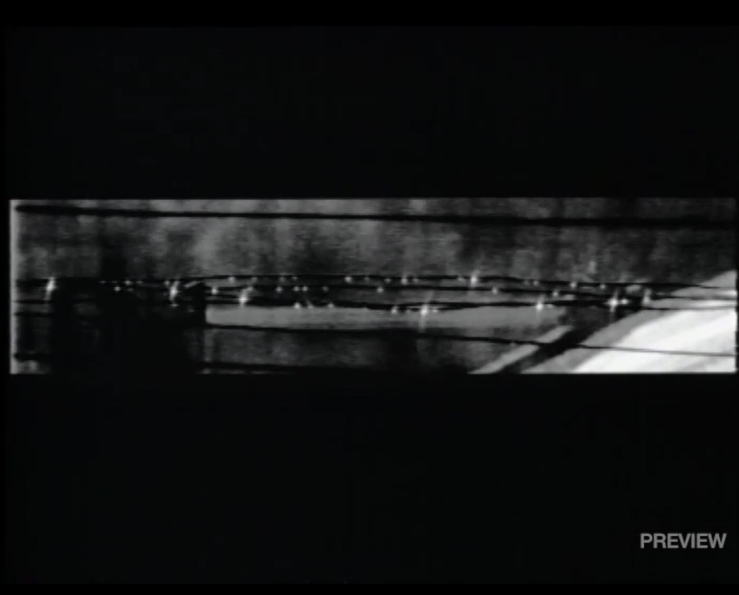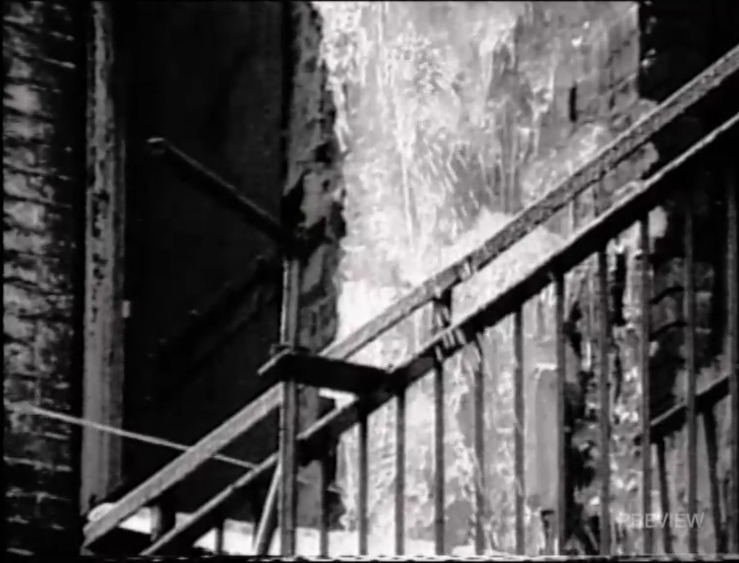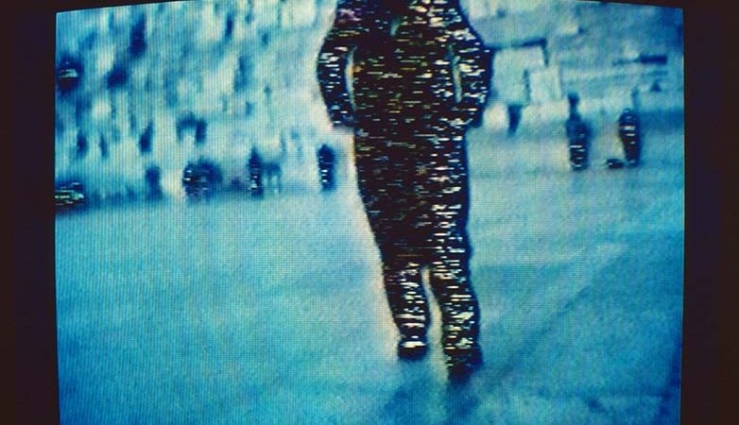Civil Twilight at the Vernal Equinox
»With cute we run the world« – if you think this statement, spoken by a young girl at the end of Civil Twilight at the Vernal Equinox, to its logical conclusion, a large part of the different thinking, feeling, and being in the world that Vey Duke & Battersby formulate as a possibility in their latest work becomes apparent.
Their change of perspective begins at the micro-level. When we find something 'cute', the brain sends out the messenger substance oxytocin, the so-called cuddling hormone, which makes us more empathetic and strengthens our social bonds. What would another world look like, one that is carried by this feeling of empathy, of mutual love between humans and animals, between species? How would our relationship with a largely domesticated nature and environment change? How would established relationships of power and strength be redefined with this thought?
In their works, Vey Duke & Battersby repeatedly describe the relationship between humans and animals, humans and nature, humans and the world as highly artificial and dysfunctional, as a great misunderstanding or even inability of humans to truly integrate themselves into the world events and the mystical cycle of life and death. Their attempts to subjugate the world to themselves usually end miserably; be it the attempt to control the oceans and their species – »Man vomits near a gray whale« – the communication of his achievements to other creatures – »Girl explains the Internet to Pony« – and even the realization of his own guilt does not lead him to act, but rather to persist in the situation: »Man blames himself, and he likes it«. In their anecdotes, Vey Duke & Battersby reveal the whole dilemma of a self-image that has gone off the rails, in which humans place themselves at the top of the biological hierarchy and are no longer able to enter into a productive relationship with their environment.
Vey Duke & Battersby present their cosmos of partly private, partly scientific research, interactions with living and dead animals and plants as well as everyday observations in curious environments of Vanitas still lifes, inserted text fragments and key words of a neoliberal language world, comic-like drawings and (found footage) video material. They dissect bodies and words in equal measure in order to create new connections from the discoveries 'under the skin'. It is an inquisitive, exploratory approach to a form of existence in the world that understands altruism not as trivial but in the sense of a revolution of old certainties. (Tasja Langenbach)
Artist statement
Art is for empathy, and empathy is for the reduction of suffering. At least, that’s how we always justified choosing it as our vocation.
But in recent years, we’ve encountered compelling arguments against empathy as it has been practiced by the (majority white) mid-to-high culture industry. Empathy is instrumentalized to center whiteness (the infamous white tears), or to justify cultural appropriation (Nanook of the North, Open Casket). And citing empathy as our motivation sounded self-righteous. Even the term prosocial behavior lends a normative flavor to cultural production, like we make art so that people will be on time and stop at stop signs.
One of the assertions made in this Civil Twilight at the Vernal Equinox is that virtue does not inhere to the love of animals and nature—that what we seek from those interactions is the rush we get from the way they shift our brain chemistry. Although it’s not a straight line from our growing suspicion of empathy to this notion, the link is the idea that we should kick the tires on sweetness before we swallow it. (Emily Vey Duke & Cooper Battersby)
* We can only show an excerpt of this work in the online archive. For the complete version, please contact the artists.
Images: Emily Vey Duke & Cooper Battersby, Civil Twilight at the Vernal Equinox, 2021 © Emily Vey Duke & Cooper Battersby
About the video
About the artists
- 1972 in Halifax, Nova Scotia, CAN, lives and works in New York, USA.
Studied at the Nova Scotia College of Art and Design, Halifax, CAN, and the University of Illinois at Chicago, USA
- 1971 in Penticton, British Columbia, CAN, lives and works in New York, USA.
Studied at the Okanagan College, Penticton, CAN, and at the University of Illinois at Chicago, USA
Insights at Videonale X









